After over a decade of research and testing, Caltech’s Space Solar Power Demonstrator arrived above Earth on Tuesday to begin testing.
Category: space – Page 430

MIT’s new in-space manufacturing method requires only a silicone skin and resin
It’s all part of an in-space manufacturing initiative that could drastically reduce costs for future space missions.
A new experiment does away with one of the biggest hindrances manufacturers face here on Earth — Gravity.
MIT scientists are collaborating with NASA to build test parts in space as part of a research program aimed at unleashing the full potential of microgravity manufacturing.

Deep sea creatures: the amazing under-explored part of the world
Just like the distant galaxies, the deep seas continue to bring us wonder and awe.
Beyond every shoreline lies a sea, a seemingly uniform body of water with turbulent, ceaseless movement that joins the coastlines into a continuous whole, showing no sign of the borders and labels we set upon it. In many ways, these large bodies of water are as mysterious to us as the distant galaxies and stars in the cosmos. But they are also right here, in the midst of our own world and interacting with our planet’s atmosphere as a realm of hidden objects, shadowy dreams, and deep sea creatures.
Do you ever think about the creatures that lie deep below the seas?
EXTREME-PHOTOGRAPHER/iStock.
The deep seas.
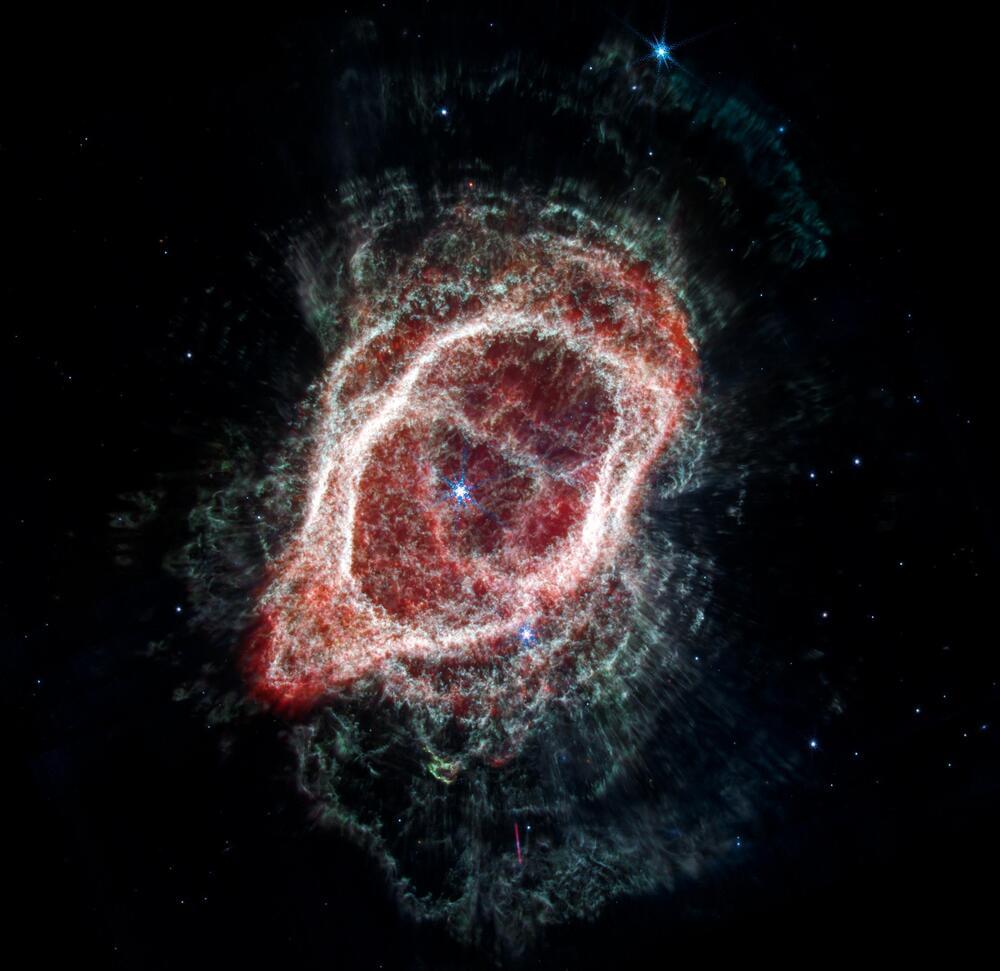
Webb Space Telescope Reveals “Stirred Up” Secrets of Breathtaking Planetary Nebula
Wait, how many stars were at this party? It’s likely there were up to five – but only two appear now! A research team recently began digging into Webb’s highly detailed images of the Southern Ring Nebula to reconstruct the scene. It’s possible more than one star interacted with the dimmer of the two central stars, which appears red in this image, before it created this jaw-dropping planetary nebula. The first star that “danced” with the party’s host created a light show, sending out jets of material in opposite directions. Before retiring, it gave the dim star a cloak of dust. Now much smaller, the same dancer might have merged with the dying star – or is now hidden in its glare.
A third partygoer may have gotten close to the central star multiple times. That star stirred up the jets ejected by the first companion, which helped create the wavy shapes we see today at the edges of the gas and dust. Not to be left out, a fourth star with an orbit projected to be much wider, also contributed to the celebration. It circled the scene, further stirring up the gas and dust, and generating the enormous system of rings seen outside the nebula. The fifth star is the best known – it’s the bright white-blue star visible in the images that continues to orbit predictably and calmly.
The final showstopping finding is an accurate measurement of the mass that the central star had before it ejected its layers of gas and dust. Researchers estimate the star was about three times the mass of the Sun before it created this planetary nebula – and about 60 percent of the mass of the Sun after. It’s still early days – this is some of the first published research about some of Webb’s first images to be released, so plenty more details are sure to come.
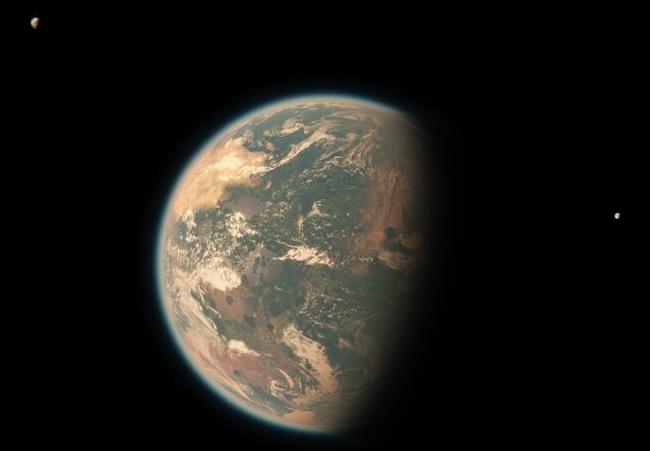
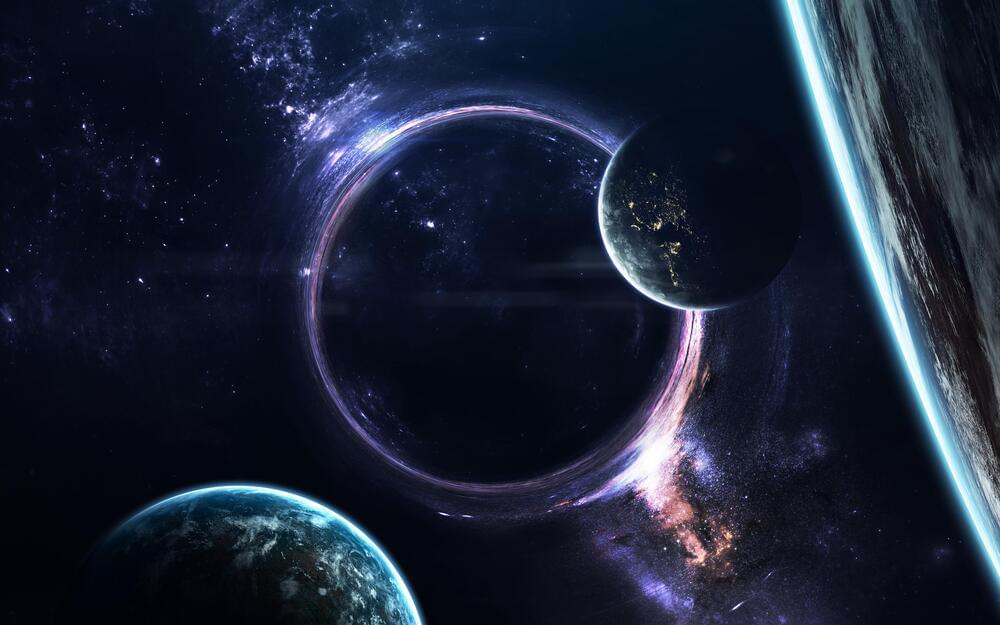
The Number Of Earth-Like Planets In The Universe Is Staggering
Year 2017 19,000,000,000,000,000,000,000 possible earth like planets in the universe ✨️ 💖 🙏 ❤️
How do scientists know that there are billions of other solar systems like us in the Universe? originally appeared on Quora: the place to gain and share knowledge, empowering people to learn from others and better understand the world.
Answer by Robert Frost, Instructor and Flight Controller at NASA, on Quora:
How do scientists know that there are billions of other solar systems like us in the Universe?
They don’t know that, and I’ve never come across one that made that claim.
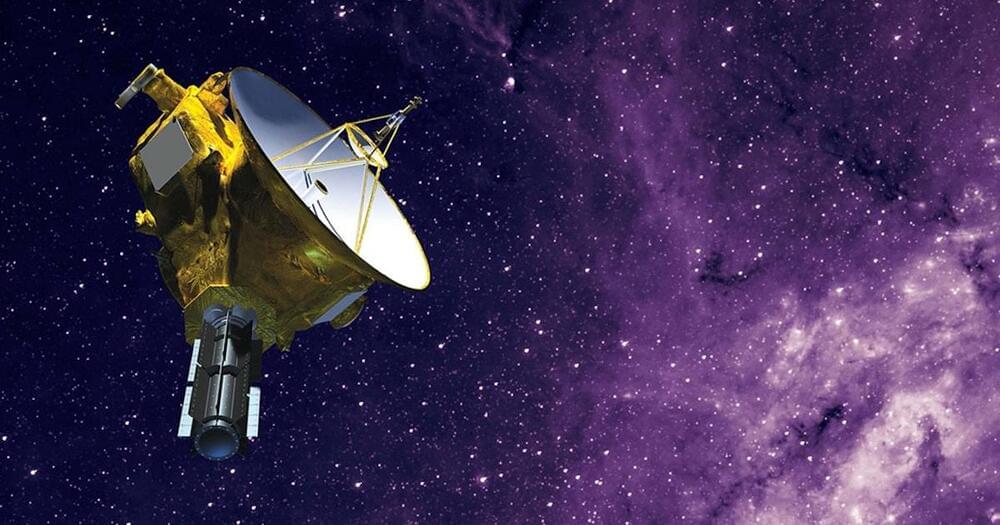
How bright is the Universe? NASA’s Pluto probe shines a light on the long-standing enigma
Now that it is passing through the Kuiper Belt, away from the light pollution of the inner Solar System, it has another lucrative mission: measuring the brightness of the Universe. These measurements will allow astronomers to make more accurate estimates of how many galaxies there are, which is still the subject of debate. According to new measures by New Horizons, the light coming from stars beyond the Milky Way is two to three times brighter than the light from known populations of galaxies — meaning that there are even more out there than we thought!
What’s new — The study was led by a team from the Center for Detectors (CfD), an academic research group at the Rochester Institute of Technology (RIT). They were joined by researchers from NASA’s Jet Propulsion Laboratory, the Space Exploration Sector (SES) at the Johns Hopkins University Applied Physics Laboratory (JHUAPL), the University of California Irvine, and the Space Sciences Laboratory (SSL) at UC Berkeley. The paper that describes their findings recently appeared online and has been accepted for publication in The Astrophysical Journal.
We’re about to get our first demonstration of space-based solar power
A new demo from Caltech will test the viability of unlimited solar power beamed back to Earth from orbit.
A new demo from Caltech is set to launch in January 2023, and it could shake up the way we collect and harvest solar power in the future.
Caltech’s Space Solar Power Project (SSPP) is getting ready to put its first Space Solar Power Demonstrator into space to test new technologies that could make the dream of space-based solar power harvesting — which could yield considerably more energy than ground-based solar arrays — closer to reality.
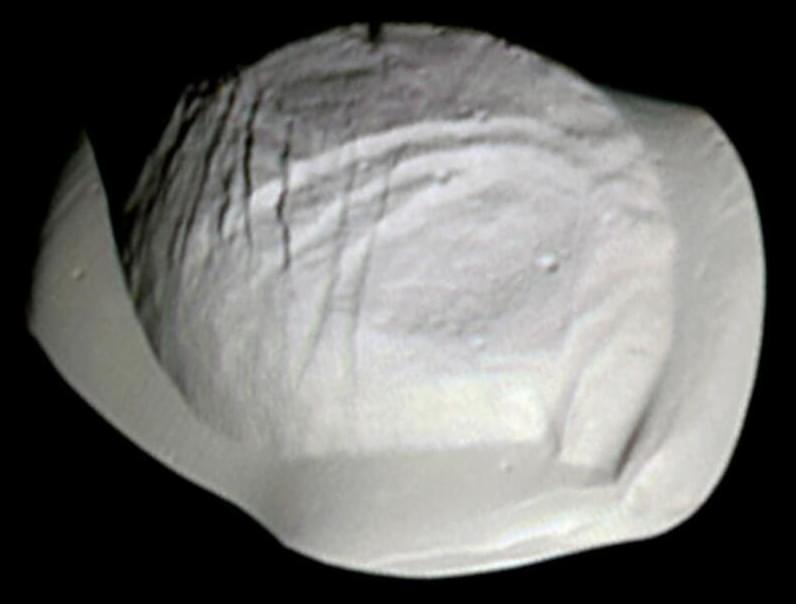
Solar System Moons: Pan
If one were to argue that space is made of food, one such moon of Saturn would make a great case for it, as this ravioli-shaped object orbits the ringed planet while exhibiting a ring of its own, only it’s a lot more solid than Saturn’s massive hula hoops and is often referred to as its equatorial bulge. This is Saturn’s moon, Pan, which was discovered by M.R. Showalter in 1990 after examining Voyager 2 images from 1981.
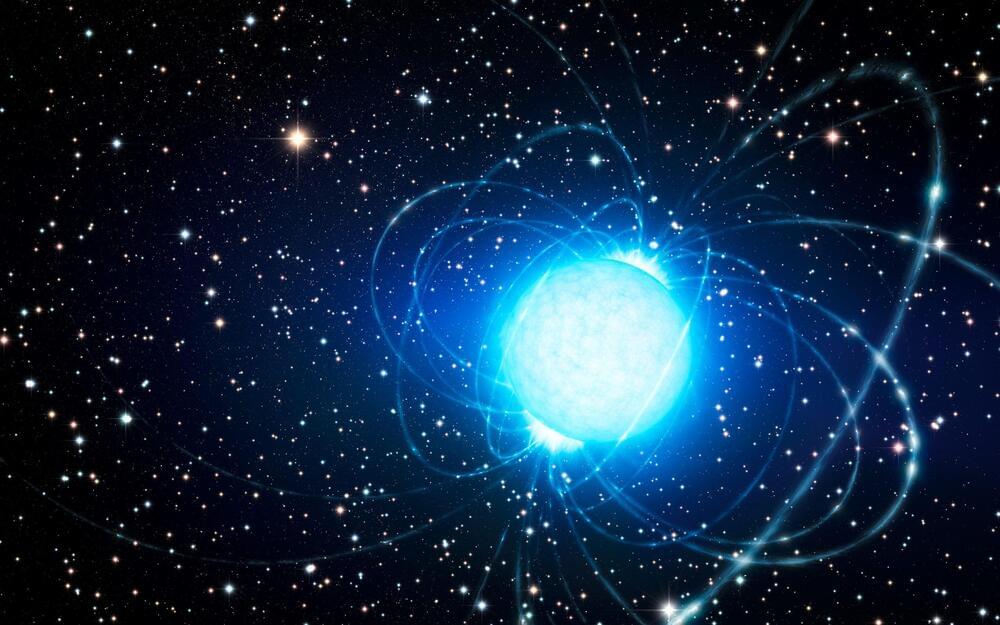
“Completely Unexpected” — Scientists Discover a Magnetized Dead Star With a Solid Surface
According to a new study the X-ray light emitted by a certain magnetar – a highly magnetized dead star – appears to indicate that the star has a solid surface and no atmosphere.
A study published in the journal Science has used data from NASA
Established in 1958, the National Aeronautics and Space Administration (NASA) is an independent agency of the United States Federal Government that succeeded the National Advisory Committee for Aeronautics (NACA). It is responsible for the civilian space program, as well as aeronautics and aerospace research. Its vision is “To discover and expand knowledge for the benefit of humanity.” Its core values are “safety, integrity, teamwork, excellence, and inclusion.”